Fix: You’ll need a New App to Open this MS- Screenclip Link
You may encounter the MS-Screenclip issue if the installation of Snip & Sketch application is corrupt or removed (by a script remover) from your system. Moreover, outdated or corrupt essential OS files may also cause the error under discussion.
The issue arises when the user tries to use the Snip & Sketch application (either from the Windows startup menu or the keyboard shortcut) but encounters the following message:
You'll Need a New App to Open This MS- Screenclip Link
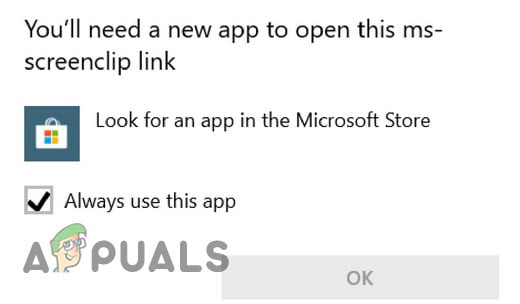
Although the Snip & Sketch application is shown in the system’s registry whereas the MS-Screenclip-Link protocol is not shown in the Defaults Apps by Protocol window.
Solution 1: Update the Windows of Your System to the Latest Build
Microsoft adds new features (to pace with the latest technological advancements) and patches reported bugs (like the one causing the issue) through the Windows updated channel. An outdated Windows 10 version may cause incompatibility between the OS modules and thus result in the error at hand. In this context, updating the system’s Windows to the latest build may solve the problem.
- Manually update the OS of your system to the latest build and check if that resolves the Snip & Sketch issue.

Check for Windows Updates - If not, then you manually have to download the offline installer of the latest update of Windows 10 from the Windows Catalogue and install the update to check if that resolves the issue.
Solution 2: Reset and Re-register the Snip & Sketch Application
You may encounter the MS-Screenclip issue if the installation of Snip & Sketch application is corrupt. In this case, resetting or re-registering the Snip & Sketch application may solve the problem.
- Press the Windows key and in the Windows search, type Snip & Sketch. Then, in the list of results, right-click on Snip & Sketch and choose the App Settings.

Open App Settings of the Snip & Sketch Application - Now scroll down and click on the Terminate button.
- Then click on the Reset button and then confirm to reset the Snip & Sketch application (keep in mind this will erase all the app data).
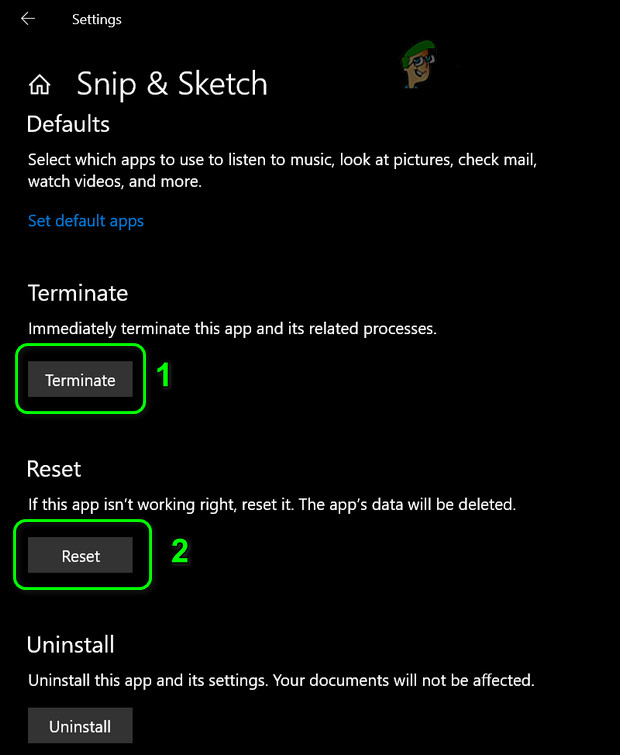
Terminate and Reset the Snip & Sketch Application - Now, check if your system is clear of the MS-Screenclip issue.
- If not, right-click on the Windows key to open the Quick Access menu and select the Windows PowerShell (Admin).

Windows PowerShell (Admin) - Now execute the following:
Get-AppXPackage -AllUsers | Foreach {Add-AppxPackage -DisableDevelopmentMode -Register "$($_.InstallLocation)\AppXManifest.xml"} - Then reboot your PC and check if the MS-Screenclip issue is resolved.
If that did not do the trick, check if uninstalling the Snip & Sketch application and then reinstalling it from the Microsoft Store resolves the issue.
Solution 3: Use the SFC and DISM Commands
You may encounter the MS-Screenclip link issue if your essential system files are corrupt. In this context, running the SFC and DISM commands may clear the files’ corruption and thus solve the problem. But keep in mind that these commands may take some time to complete, so, try them when you can spare your system for some time.
- Perform an SFC scan of your system and check if the MS-Screenclip link issue is resolved.

Perform an SFC Scan - If not, hit the Windows key, and in the search box, type Command Prompt. Then, in the results shown, right-click on the result of Command Prompt and select Run as Administrator.
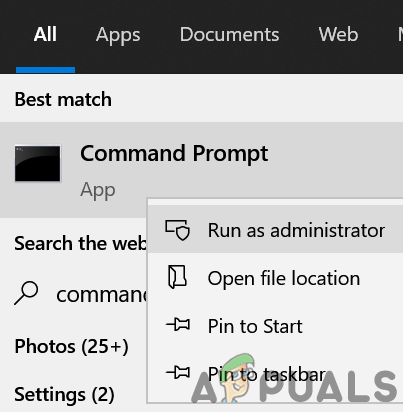
Open Command Prompt as Administrator - Now, execute the following:
DISM /Online /Add-Capability /CapabilityName:Windows.Client.ShellComponents~~~~0.0.1.0
- Then check if the MS-Screenclip issue is resolved.
If the issue is still there, then you may have to use DISM online cleanup command.
Solution 4: Perform an In-Place Upgrade
If none of the solutions solved your issue, then you may have to perform an in-place upgrade of your system to clear the issue at hand.
- Launch a web browser and navigate to the Windows 10 download page of the Microsoft website.
- Now click on the Update Now button and let the download complete.
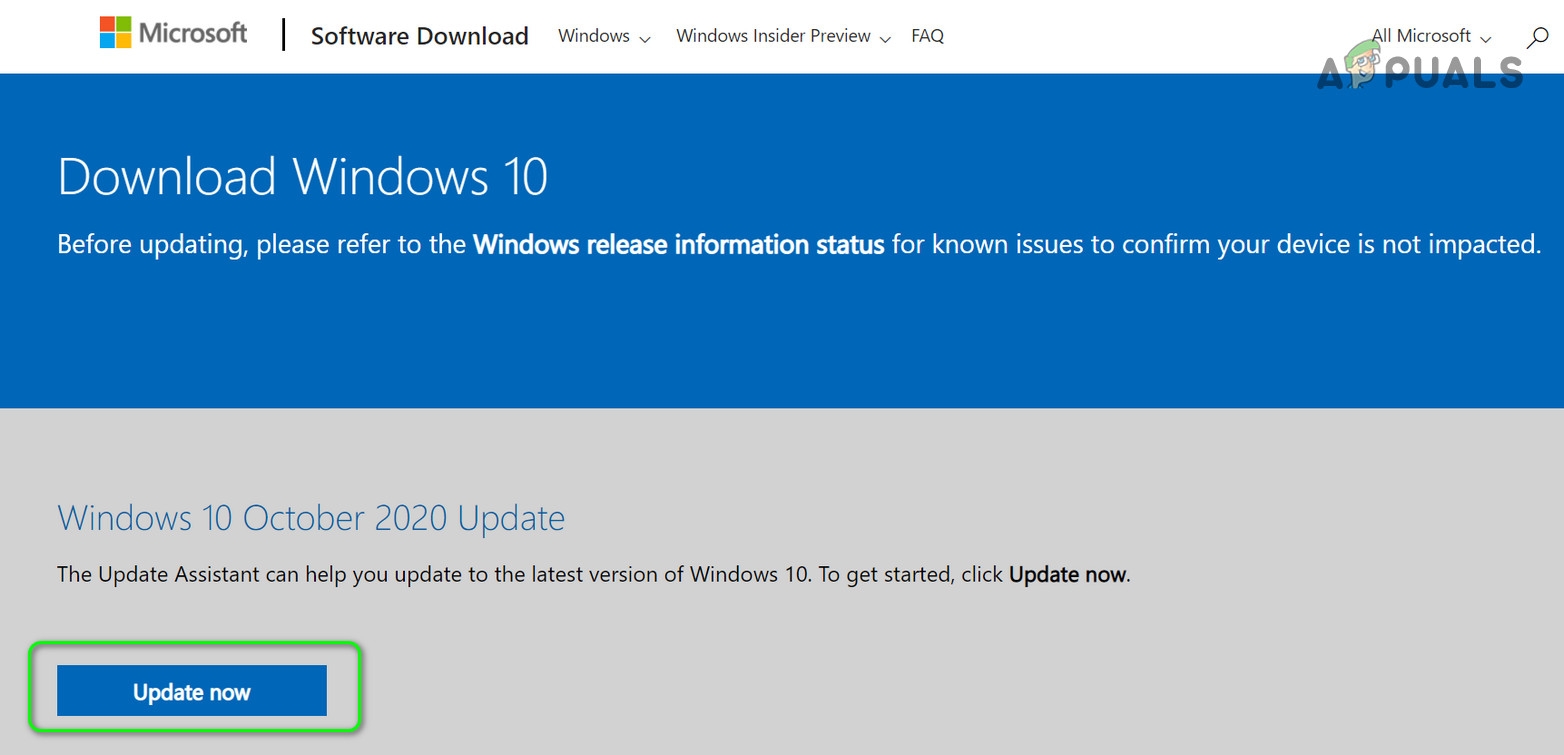
Click on the Update Now on the Windows 10 Download Page - Then launch the downloaded file as administrator and let it complete its process.
- Now check if the screenclip issue is resolved.
- If not, then open the Windows 10 download page (step 1), and under Create Windows 10 Installation Media, click on the Download Tool Now button. Then let the download complete.
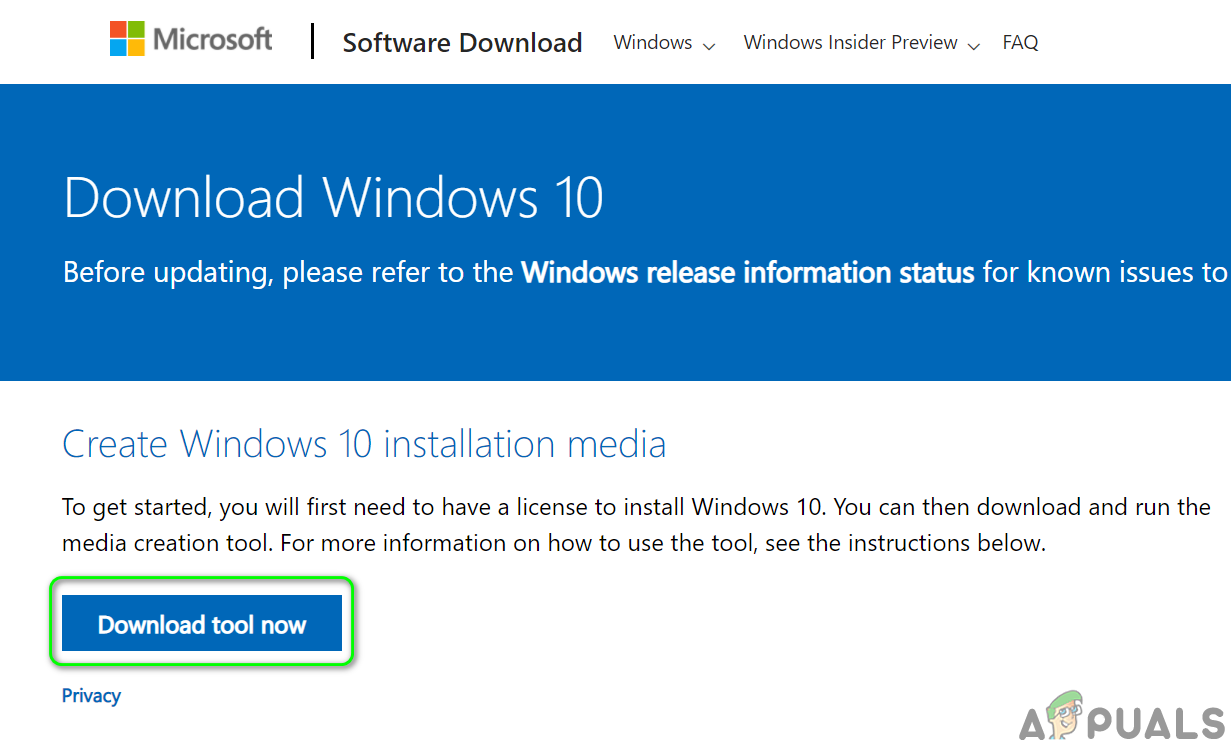
Download Media Creation Tool Now - Then launch the downloaded file as administrator and accept the license agreement.
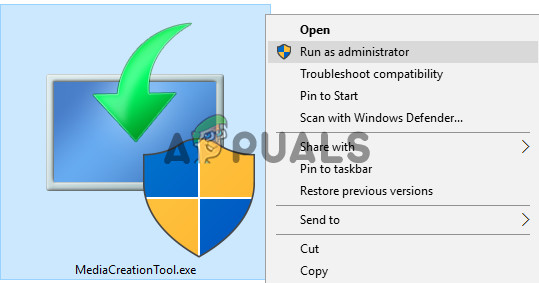
Launch the Media Creation Tool as Administrator - Now, on the What Do You Want to Do window, choose Upgrade This PC Now and click on the Next button.

Select Upgrade This PC Now - Then follow the prompts on your screen to complete the upgrade process.
- Now, check if your system is clear of the Screenclip issue.
- If not, then repeat steps 5 to 7 but on the What Do You Want to Do window, choose to Create Installation Media for Another PC.
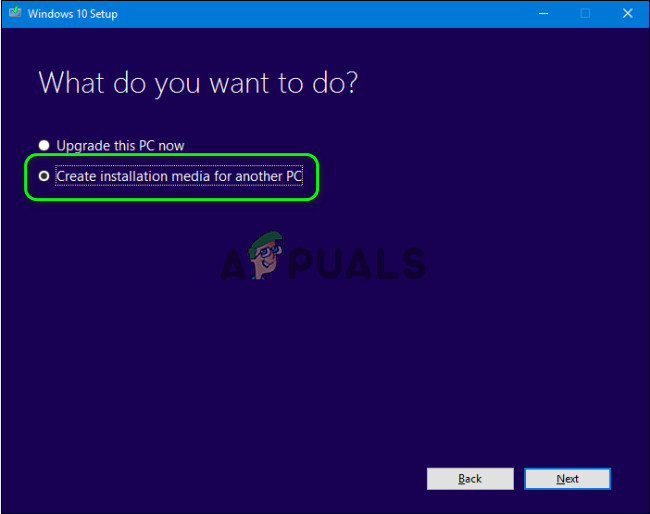
Create Installation Media for Another PC - Now, on the media type selection windows, select ISO, and follow the prompts to complete the download.
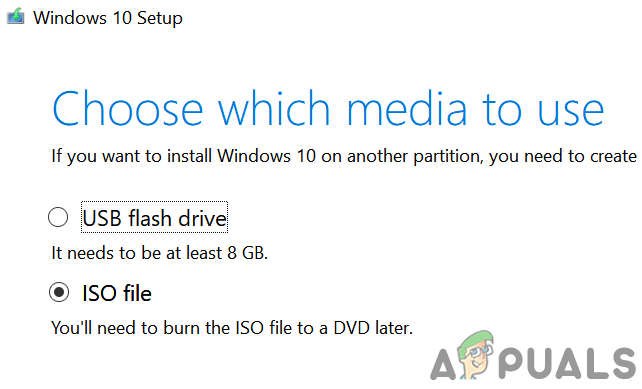
Select ISO File Type - Then extract the ISO file and launch the Setup.exe as administrator.
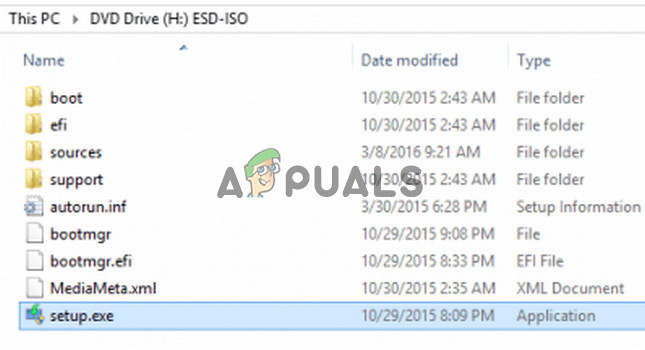
Launch the Setup in Windows 10 ISO Folder as Administrator - Now follow the prompts to complete the in-place upgrade and check if it resolves the issue.
If the issue is still there, then either you may have to perform a system restore or create a bootable USB from the downloaded ISO file (step 11) and use it to perform the in-place upgrade.





